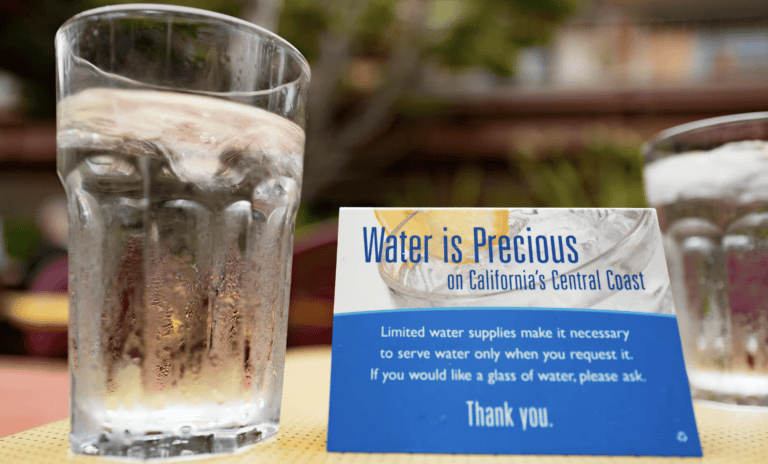‘Forever chemicals’ are linked to cancer, birth defects and other serious health problems. Photograph: Smith Collection/Gado/Getty Images
Rules celebrated for reducing exposures, but experts say it’s not enough and will lead to ‘an endless game of Whac-A-Mole’
Strong new limits for some PFAS compounds in drinking water set by the US Environmental Protection Agency this week are being celebrated for how far they go in reducing exposures to the dangerous chemicals.
But public health advocates say the rules merely represent a first step that is limited in its impact on the broader PFAS crisis because they do not directly prevent more pollution or force the chemical industry to pay for cleanup.
The rules also address only six compounds, although about 15,000 PFAS exist, and the vast majority remain unregulated or unstudied. Meanwhile, drinking water represents only about 20% of human exposure, the EPA estimates, and diet is probably a larger problem.
The PFAS crisis is so vast and complex that the only way to address it is to regulate the chemicals as a class and strongly limit their use, public health advocates say.
“The EPA is not going to succeed this way – they have to define PFAS broadly and ban all non-essential uses. Otherwise, we’re not getting out of the contamination crisis,” said Kyla Bennett, a former EPA official now with the non-profit Public Employees for Environmental Responsibility (Peer).
PFAS, or per- and polyfluoroalkyl substances, are a class of chemicals often used to make products resistant to water, stains and heat. They are called “forever chemicals” because they do not naturally break down, and are linked to cancer, liver problems, thyroid issues, birth defects, kidney disease, decreased immunity and other serious health problems.
Local municipalities will be financially responsible for meeting the new limits, and the upgrades can cost larger water districts tens of millions of dollars. Initial class-action lawsuits brought against chemical makers have generated about $15bn for upgrades, but experts estimate the national cost closer to $400bn.
For that reason, many water districts opposed the new rules.
“I agree that it’s not fair to have [the public] pay for this, but clean water is such a fundamental necessity that we can’t fiddle around and not regulate PFAS because it’s going to be too expensive – people literally will die,” Bennett said.
However, the new limits will have a “ripple effect” and make it easier for governments, water districts or individuals to sue PFAS polluters because finalizing the rules effectively represents closure on the debate around the chemicals’ toxicity, said Bob Sussman, an attorney who litigates PFAS issues. That will provide powerful evidence in court.
“The EPA is being very definitive about the adverse effects of PFOA and PFOS … so that will definitely play a role in lawsuits,” he said. “The legal liability has definitely gone up.”
That risk may motivate some industries to use fewer PFAS, and 3M, one of the world’s largest producers of the chemicals, announced last year it would no longer make the compounds, citing in part the regulatory and legal environment.
The upgraded water systems will clean much more than just the six compounds, but the EPA still has virtually no regulations in place restricting PFAS discharges into the air or water, and that does not change under the new rules.
Peer petitioned the EPA to designate PFAS as hazardous waste under the Resources Conservation and Recovery Act, a designation that would require “cradle to grave” regulation. But the EPA instead has proposed […]
Full article: www.theguardian.com

